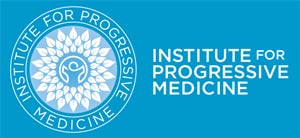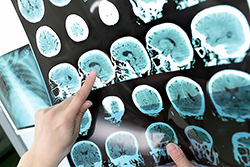Stroke
Stroke is damage to brain tissue due to a loss of circulation. It is a major cause of death and severe disability from paralysis. Stroke may occur through passage of blood clots from the heart or carotid arteries into the brain, or hemorrhage from rupture of blood vessels in the brain.
High blood pressure is the main risk factor for stroke. Cholesterol reduction, though employed in stroke patients, has not been shown to reduce the incidence of stroke. Diabetes is also a risk factor for stroke, and correction of elevated blood sugar is preventive.
A transient ischemic attack (TIA), a temporary loss of sensation, vision, movement or speech lasting minutes to hours, is a warning of impending stroke, and necessitates a search for causative factors, such as cardiac or carotid disease.
Treatment for stroke employs physical therapy to improve movement and mobility. Improvements are though to end one year after the stroke occurs. Actually patients can improve for years after the stroke.
Several alternative therapies have demonstrated improvement from stroke. These include chelation therapy, external counterpulsation therapy, intravenous ozone and hyperbaric oxygen. They all have the effect of improving oxygen supply to the brain, enhancing formation of new brain tissue and the interconnections of neurons. They can be employed in combination for additional effect.
Evaluation of stroke or TIA includes MRI of the brain, echocardiogram, evaluation for atrial fibrillation (an irregularity of heart rhythm often causing stroke), and carotid artery ultrasound.
Allan Sosin MD

